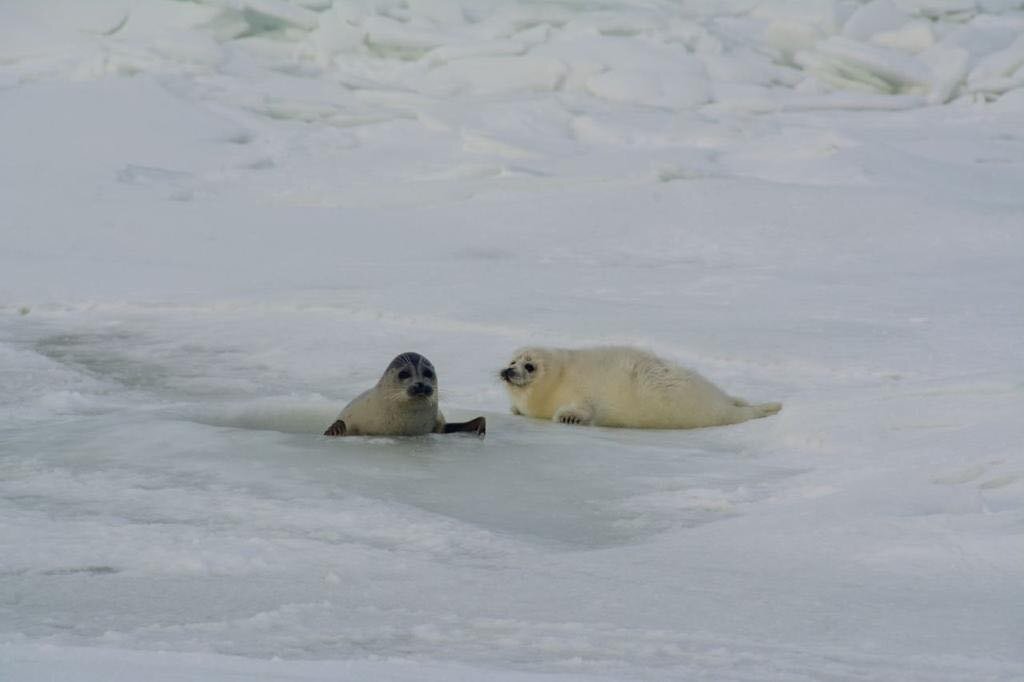A Different Perspective on Sea Level Change: The Caspian Sea
Gaziza Konyssova
Location: Kazakhstan
Gaziza is pursuing Master’s in Hydrography and Oceanography at the Università di Genova, Italy. Born and raised in a landlocked country, at the age of 16, she spontaneously decided to enroll in the Maritime Academy and since then fell in love with everything related to oceans. Today she is passionate environmental activist, volunteer at Unicef Kazakhstan and, in her free time, she writes articles about marine conservation and mentors young girls in marine sciences. Fun fact: before entering the university, she was a member of National Karate Team Find her on Instagram: @hipsterelle
As someone born in the landlocked country of Kazakhstan, I was unaware about the ecological problems affecting the world’s oceans. And, to my shame, I knew little about Kazakhstan’s large lakes, modestly referred to as ‘seas’ by locals. In school we were taught about the environmental disaster that happened with one of them – the Aral Sea, which was down to only 10% of its original size due to a chain of bad decisions, such as the Soviet Union’s unwise irrigation project, the dismissive attitude of the authorities, and a naïve expectation that nature will heal itself. Years passed – but nothing is back to normal with the Aral. But this is the story about another lake – the world’s largest inland water body, the Caspian Sea.
Somewhere to the east of the Caucasus mountains and to the west of the vast steppe of Central Asia lies the world's largest lake, the Caspian Sea, embraced by Kazakhstan, Russia, Azerbaijan, Iran and Turkmenistan. Neither a sea nor a lake, the Caspian is a remnant of the ancient Tethys Ocean, which after a tectonic movement, became landlocked and trapped the oceanic crust on its seafloor. Being very shallow (6 m) on its north, the sea freezes in winters and hosts the endemic Caspian seals (Pusa caspica) that can be found only in this small area seasonally covered with sea ice. The southern end, however, plunges more than 1,000 meters. Through millennia, the seabed was layered with thick sedimentation, but is now blessed with great oil and gas deposits, which play an important economic role for the adjacent countries. Although these oil deposits were discovered in the beginning of the 20th century, the situation has significantly changed the last 20 years. Unfortunately, not in a positive way.
In the 2000s the petroleum production that began in the 1920s greatly expanded. In the northern Caspian the huge oil field was discovered, which was at the time considered as the world’s largest discovery in the prior 30 years. Oil companies operating in the sea continue to grow, production is climbing, and yet little regard is being paid to the ecology of the sea. In addition to the industrial pollution, old environmentally damaging ships, poor compliance with regulations, and global warming is also playing its role. The same problem that makes most of the coastal nations worry about sea level rise is causing the exact opposite impact on the Caspian region. The sea is fed only by Volga and Ural rivers on the north – the only rivers sustaining the unique ecosystem of the Caspian. The river’s discharge used to keep the water balance of the sea, which is situated in an arid climate with a little rainfall. However, construction of dams, reservoirs, and canals on the immense Volga River system and agricultural activities near the Ural river significantly affected the contemporary hydrological balance. Again, not in a positive way.
Water is dissipating. The reduced river discharge and sharply decreased precipitation in Central Asia are hardly compensating the anomalous amount of water evaporated by global warming. Today the Caspian Sea is already shrinking by 7cm per year and the shallow northern part is currently just 4-6 meters deep. For many years this part of the sea has been serving as a great food supply for the coastal community, who used to thrive eating the fish and caviar of the then-rich Caspian Sea, which was also a spawning ground for many native fish like beluga, sturgeon and migrating birds like pink flamingos. The already endangered Caspian seals also mate and raise pups on the winter ice of the North Caspian. Yet both the winter ice and the whole north Caspian are expected to disappear, putting this unique ecosystem under the risk of extinction. The risk is already high, due to the pollution caused by petroleum production and sewage discharge, over-exploitation and poaching by locals trying to make ends meet.
Studies show, if no actions are taken, the Caspian Sea could fall by 9-18 meters and lose its 25-30% surface area by the end of this century. The falling sea level would have a devastating impact not only on the environment and economy of the neighboring countries, but also the geopolitical situation, which is already in tension due to ambiguous maritime borders, shipping waterways and fishing rights. Ignoring the problem certainly leads to environmental disaster leaving ghost ports and a vast lifeless territory that would look like what is left of the dying Aral Sea.
Prange, M., Wilke, T. & Wesselingh, F.P. The other side of sea level change. Commun Earth Environ 1, 69 (2020). https://doi.org/10.1038/s43247-020-00075-6
It seems the lesson of the Aral Sea wasn’t learnt. With such catastrophic shifts looming only a generation in the future, lack of awareness and studies makes the problem remain in the shadows. Immediate and coordinated action is needed to make up for lost precious time, which starts with raising awareness and understanding the problem. Luckily, concerned people from all over the world started raising the visibility of the issue and demanding from organizations and funds to establish a mitigation strategy, to sponsor research and conservation initiatives. By now the study and conservation of north Caspian seals, fish and other aquatic organisms are in the safe hands of the Institute of Hydrobiology and Ecology. As agreed by the 5 littoral states, the pollution, overfishing and other environmental issues are also tackled locally by each country on their own. However, due to the insufficient efficiency of this approach, scientists are calling for the creation of an international task force on endangered lakes, under the auspices of the United Nations Environment Program (UNEP), to coordinate the solution to this problem. This generation is the only one who caught the time of environmental catastrophe, but also the time when there’s still a chance to make change, and it's especially empowering to see how young people do not give up and keep taking actions to save the surrounding environment.




